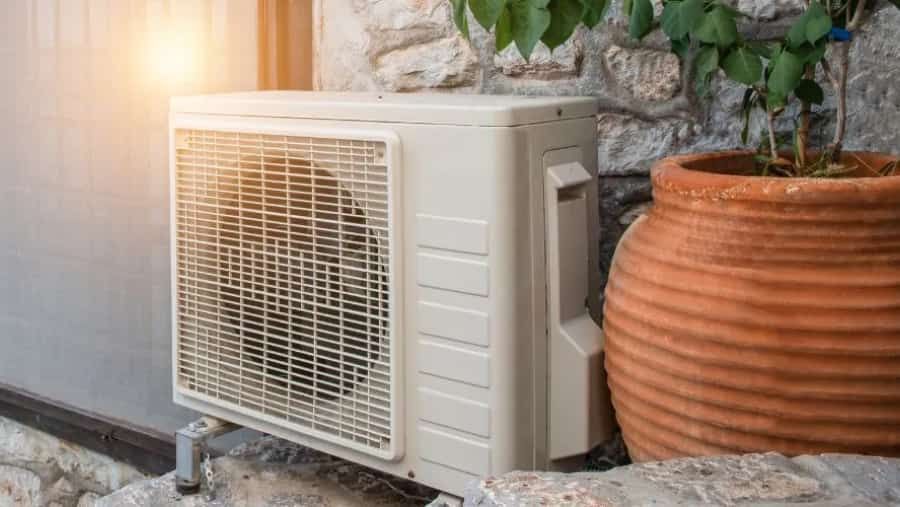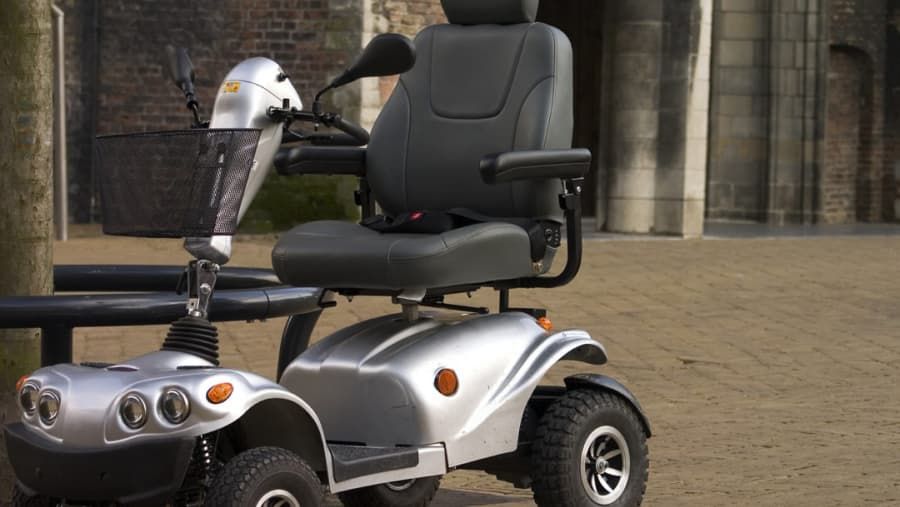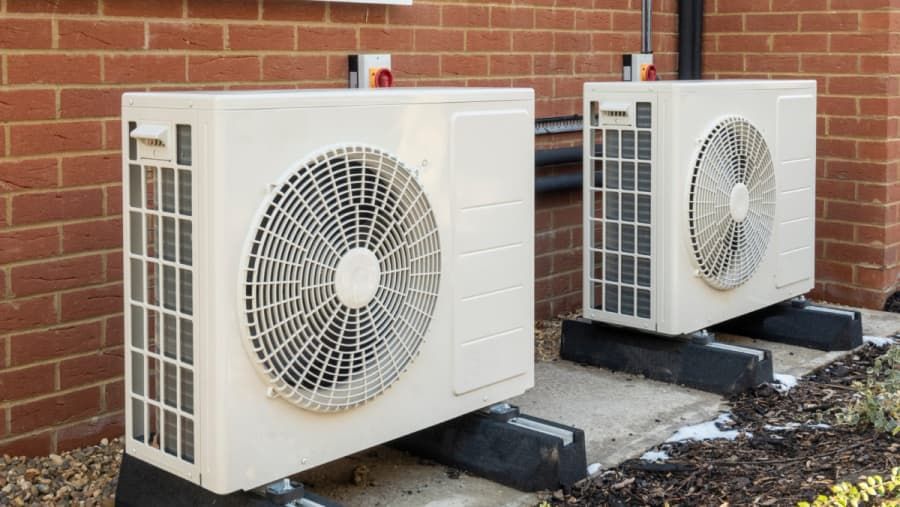Information You Need to Know About Heat Pumps
In the field of heating, cooling and power effectiveness, heat pump changed the rule forever. This article explains all you need to know about heat pump, including its definition, its benefits, its installation and all kinds of types.

What Are Heat Pumps?
Heats pumps have two loops of refrigerant, one inside a building and the other outside, that absorb and release heat to the inside or outside as needed to heat or cool a space. Heat pumps, unlike traditional heating systems that make heat by burning something, move heat from close by — air, ground or water — into your home during the winter and outside of it in the summer. That process allows them to be super efficient and eco-friendly.
Benefits of Heat Pumps
1. Energy Efficiency : Heat pumps provide much greater efficiency than any conventional heating systems as they move heat around instead of generating it. It can also translate to power savings, particularly in sync with younger, power-effective fashions.
2. Cost: The upfront cost of installing a heat pump is more than traditional options, but savings in the long run makes it a value for money. Ultimately the power saved covers the up front expense.
3.Eco-friendly: Because heat pumps have no emissions at the point of use, they reduce carbon compared with fossil fuel systems. They also cut carbon footprints and help reduce air pollution.
4. Winter and Summer Solution: The vast majority of heat pumps on the market today are two-stage, which deliver heating and cooling options making them an excellent year-round solution. They provide stable indoor temperatures and are energy efficient.
5. Low Maintenance Cost: Heat pumps tend to be less maintenance-intensive than their traditional counterparts. Only filters and coils are likely to need nothing more than routine cleaning to stay at least reasonably close to the efficient operating conditions.
Types of Heat Pumps
1. Air to Air Heat Pumps: This most common type, transfers heat between the indoor air in your home, and the outdoor air. You can use them in most climates, and they can be split systems (mock ups with the indoor and outdoor parts separate) or packaged units.
2. Water-source Heat Pumps: Similar to these, people transfer heat between your house and an adjacent body of water, similar to a pond or well. They’re rarer, but much more nimbler in certain situations.
3. Ductless (Mini-Split) Heat Pumps: Best for homes without duct work; a mini-split includes one or more indoor units that connect to an outdoor compressor. They have zoning for heating and cooling, providing temperature control to distinct areas of the house.
What to Consider After You Install
1. Climate: The performance of a heat pump depends on the climate. Although air-source heat pumps will need back-up heating in northern locations, ground-source cells perform better in severe weather.
2. Space: Ground-source heat pumps require space for pipes to be buried, and air-source systems need space for outdoor units. Take a look at your property to have enough space of installation.
3. Cost: Heat pumps can be pricey but will save you money in the long run. Research incentives, rebates and financing options that may keep the installation affordable.
4.Specialized Installation: You need to ensure the correction of heat pump installation, for example, hire a qualified technician to heat, ventilate and air condition system.
In conclusion, heat pump is a new technology, with its sustainable, high efficiency, low cost features, it can satisfy modern heating and cooling needs, if you are considering whether to purchase a heat pump or not, don’t consider and hesitate anymore, just buy.
Guess you like
-

Cheap Mobility Scooters for US Seniors
-

Where to Find All-Inclusive Luxury Overwater Bungalows Without Straining Your Budget
-

How to Choose the Right Online Marketing Degree
-

Unlock Affordable High-Speed Internet for Businesses
-

Why We Need Cybersecurity Software to Protect Our Data
-

Heat Pumps: A Wise Choice for Heating Old Buildings?



